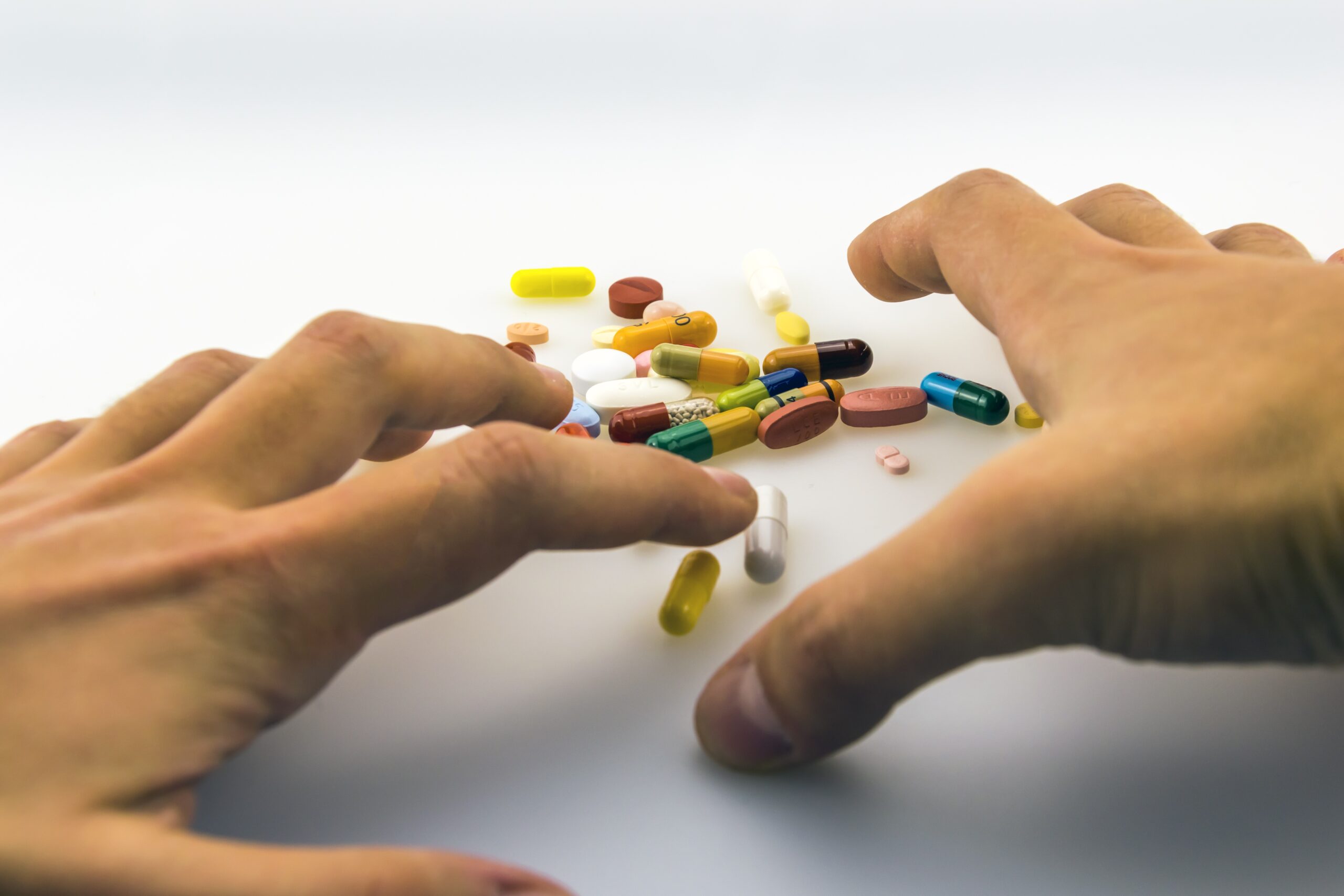People with California medical marijuana cards have been reporting that cannabis is a safe and effective treatment for the symptoms of AIDS, cancer, multiple sclerosis, chronic pain, epilepsy, glaucoma, anxiety disorder, depression, and insomnia.
Not only is medical cannabis showing a great ability to ease the painful symptoms of disease, but it is also showing potential for actually improving health and functionality in its users. Research from the University of Nottingham in the United Kingdom has found that cannabinoids, the chemical compounds found in cannabis, can help to reduce brain damage and improve neurological functioning following a stroke. Another study, from the National Cancer Institute, found that cannabinoids may have a protective effect against the development of certain types of tumors.
The use of medical marijuana has no known severe side-effects. A Canadian study conducted on 215 patients with chronic pain found that after using medical marijuana for one year, patients “had no greater risk than non-users (control group) to experience serious adverse events”. Many people have been using their cannabis card for years and have reported no ill effects, and only positive, life-enhancing results.
Prescription painkillers, on the other hand, seem to be doing a lot of damage to a lot of people.
Prescription painkillers can have a number of adverse side-effects that can lead to severe health complications for users. People have reported side-effects such as liver spots, severe headaches, and bleeding gums. Opioid painkillers can lead to chronic constipation, which can lead to colon cancer down the line.
A 2008 study showed that the common symptoms associated with opioid-based prescription painkillers include “sedation, dizziness, nausea, vomiting, constipation, physical dependence, tolerance, and respiratory depression”. It went on to say that, “Physical dependence and addiction are clinical concerns that may prevent proper prescribing and in turn inadequate pain management. Less common side effects may include delayed gastric emptying, hyperalgesia, immunologic and hormonal dysfunction, muscle rigidity, and myoclonus.” That’s quite a list of negatives!
A recent study has shown that opioid drugs used to relieve pain in cancer patients may stimulate the growth and spread of tumors.
The physical effects of using your California medical card certainly seem to be safer than asking your doctor to prescribe painkillers.
Addiction is another major issue. American citizens make up 5% of the world’s population, yet they consume 75% of the world’s prescription drugs. Prescription painkillers can be highly addictive. They are often derived from the same sources as other highly addictive drugs such as heroin and morphine. They are frequently abused by adults and teenagers alike. 54.2% of pain pills in the US are obtained free from a friend or relative.
Tolerance to prescription painkillers tends to build up quickly, so people need to take more and more to get the same effect. The Center for Disease Control and Prevention has declared that prescription drug abuse in the USA is an epidemic. As of 2010, an estimated 52 million Americans over the age of 12 use prescription drugs for non-medical purposes.
Experts believe that the rise in heroin use could be in part due to prescription painkiller abuse. When people become hooked on prescription painkillers, but then can’t get a hold of any, they often turn to heroin. So those people who peddle the old myth that marijuana is a ‘gateway drug’ should be leveling that accusation at prescription painkillers, which have a great deal more in common with harmful and illegal drugs like heroin than cannabis does.

Medical marijuana has proved to be a much more effective remedy than prescription painkillers in a lot of cases.
Medical cannabis is non-addictive, and there is no evidence that you need to constantly up your dosage due to developing a tolerance to it. People use their California marijuana card for years at the same levels without needing to up the dose.
With the number of people addicted to painkillers increasing year on year, it seems that medical marijuana could provide a valuable and safe treatment alternative.
Both medical cannabis and prescription painkillers have potential psychoactive side effects, but the long-term effects of cannabis use seem to be much safer. Studies show that long term opiate use can lead to decreased brain function. Whereas most strains of cannabis, particularly low THC/high CBD strains, appear to have little to no effect on cognitive function at all. So for people suffering from chronic pain, your 420 card could offer similar relief to a prescription painkiller but without the negative effects of long-term opiate use on cognitive function.
Deaths caused by prescription drug overdose outnumber deaths caused by heroin and cocaine combined. Every 19 minutes someone dies in the United States of a prescription drug overdose. 17,000 people die of prescription pill overdoses per year. There are zero recorded deaths related to cannabis overdose. Ever. This is a big difference!
The legalization of the mm card may be a big factor in a 25% decrease in opiate-related deaths in the states that have legalized mmj so far. That’s a 25% reduction in deaths caused by pain pills, heroin, and morphine.
Pain medication should make your quality of life better, but it seems that a lot of current prescription painkillers in fact make people’s lives worse. Taking prescription pain-pills can lead to physical dependence and chronic, life-threatening side effects. Medical marijuana is very effective at relieving pain, and is less dangerous than opiates.
So it seems that getting yourself a California medical marijuana card may well be a better option than using prescription pills.
Feature Image by Steve Buissinne from Pixabay

